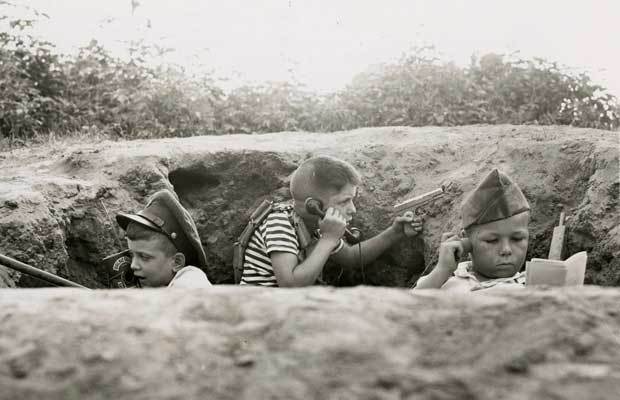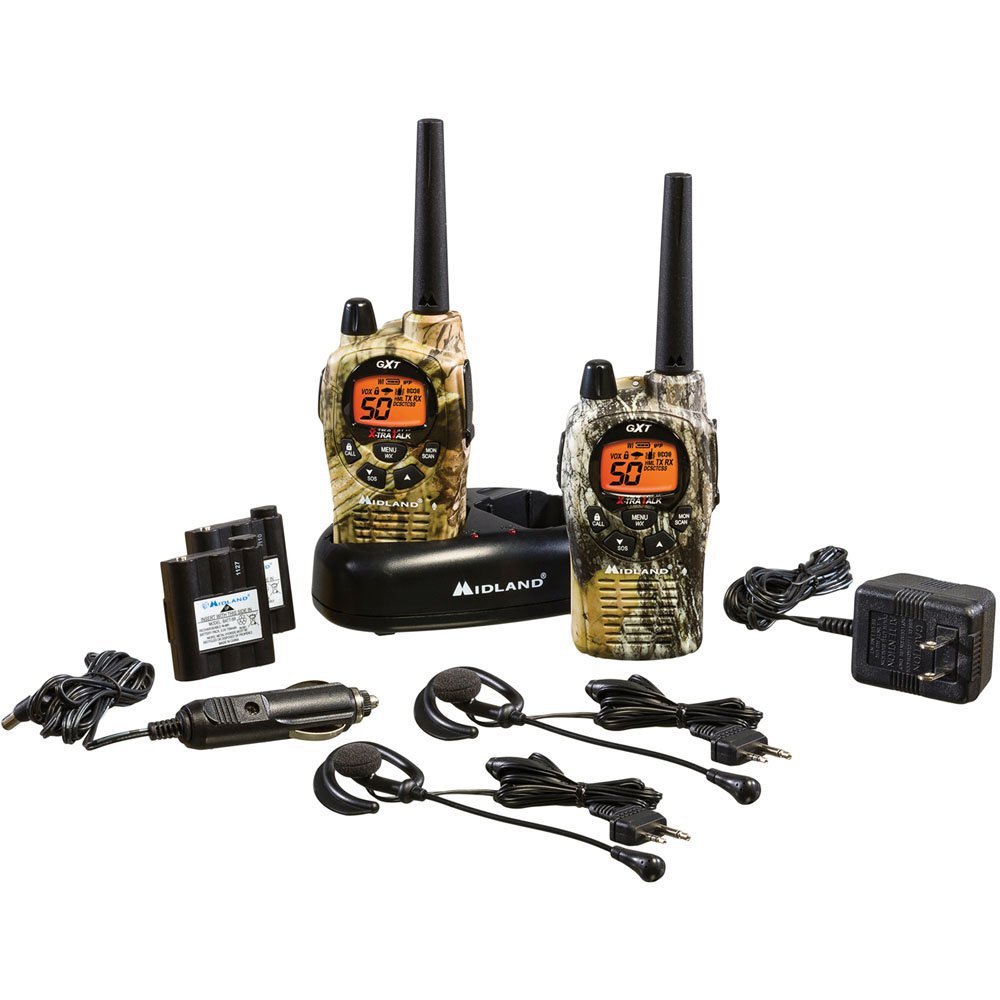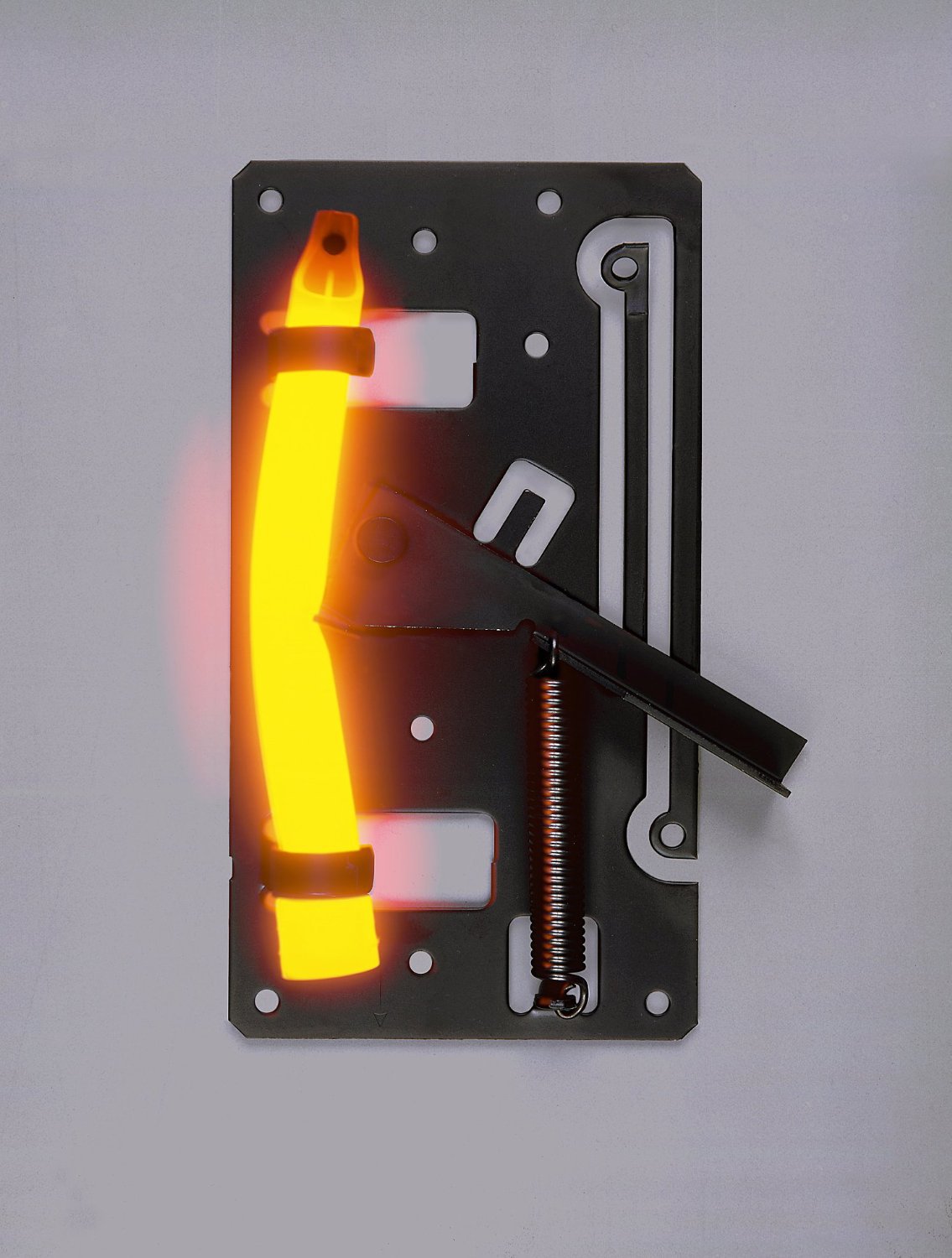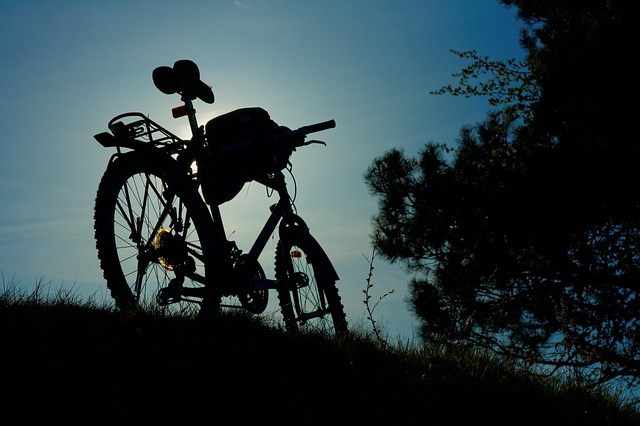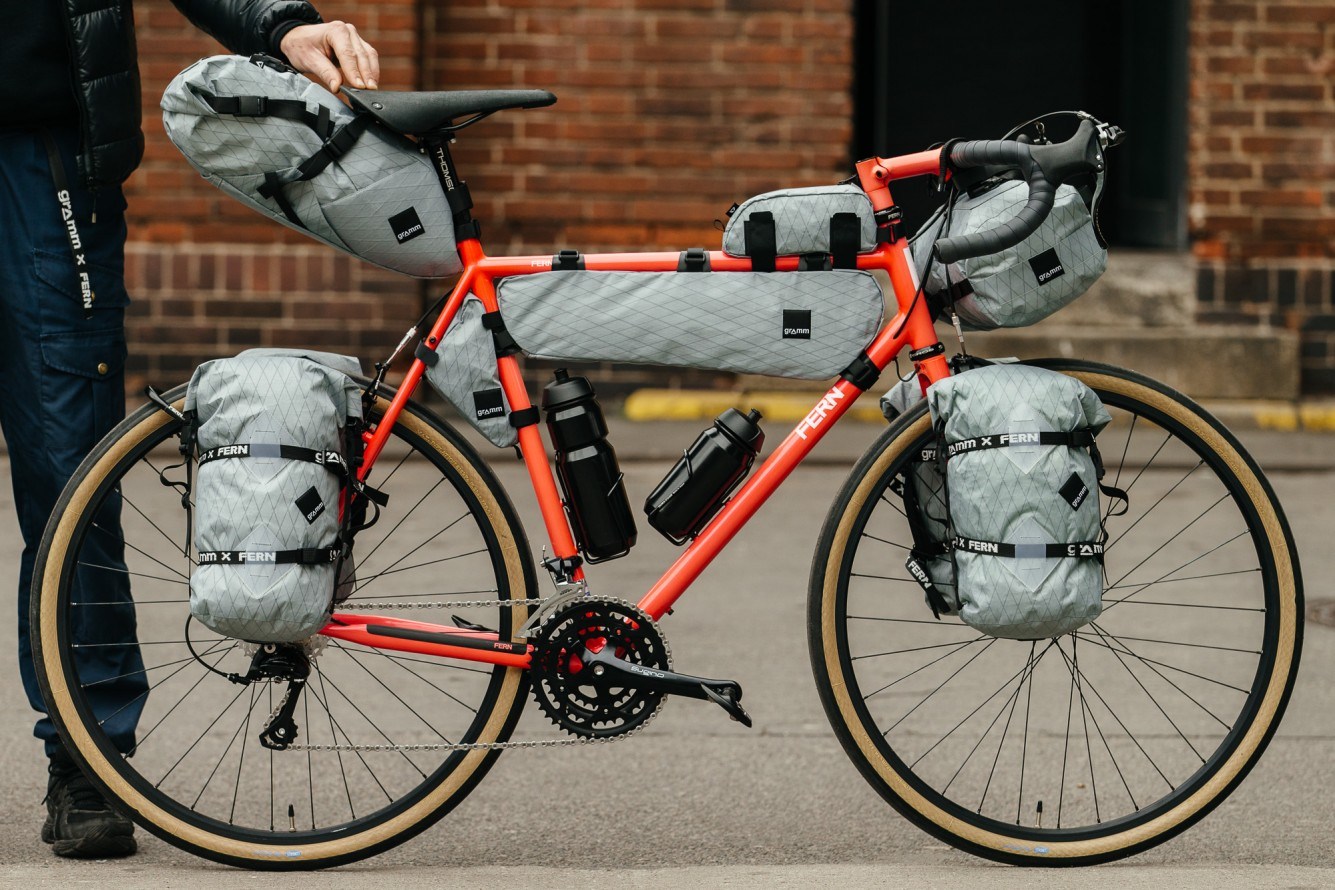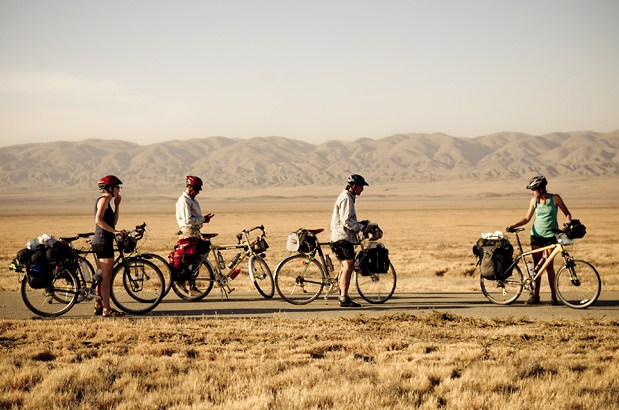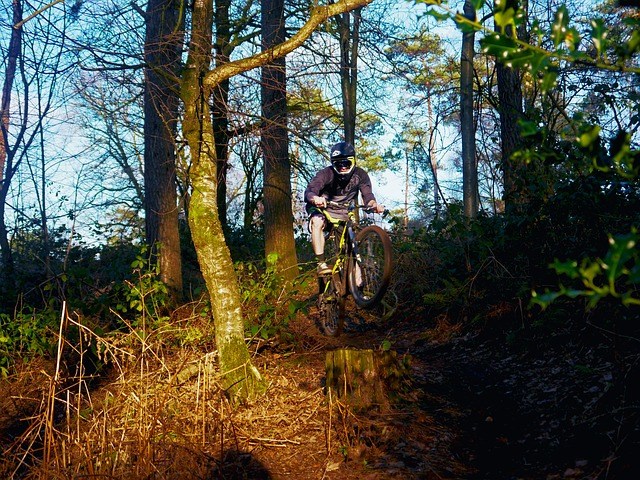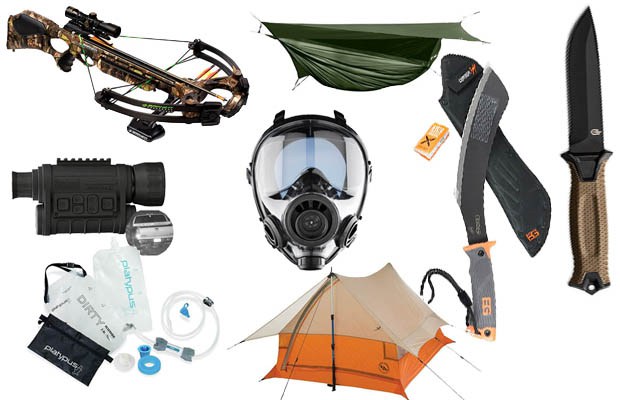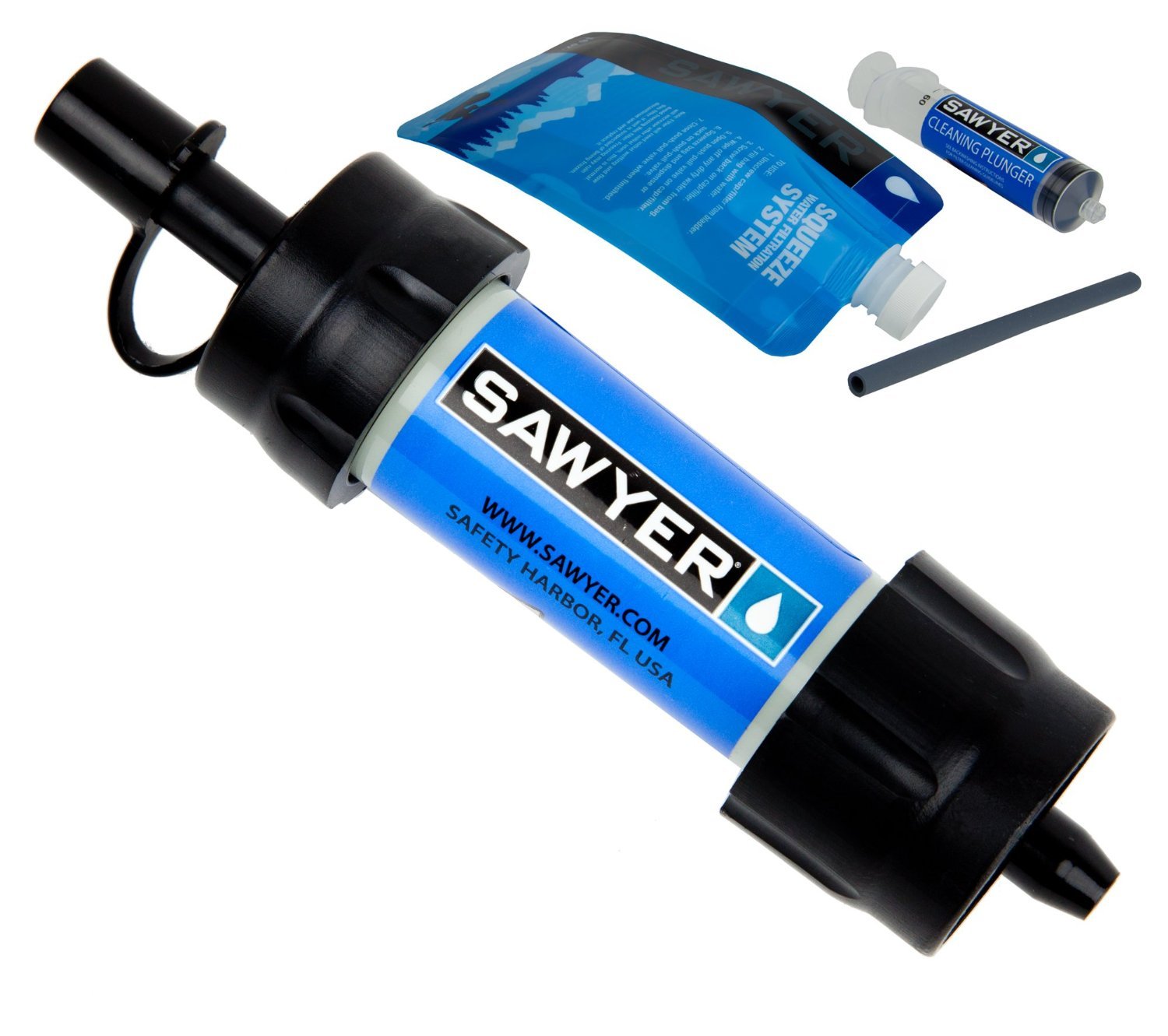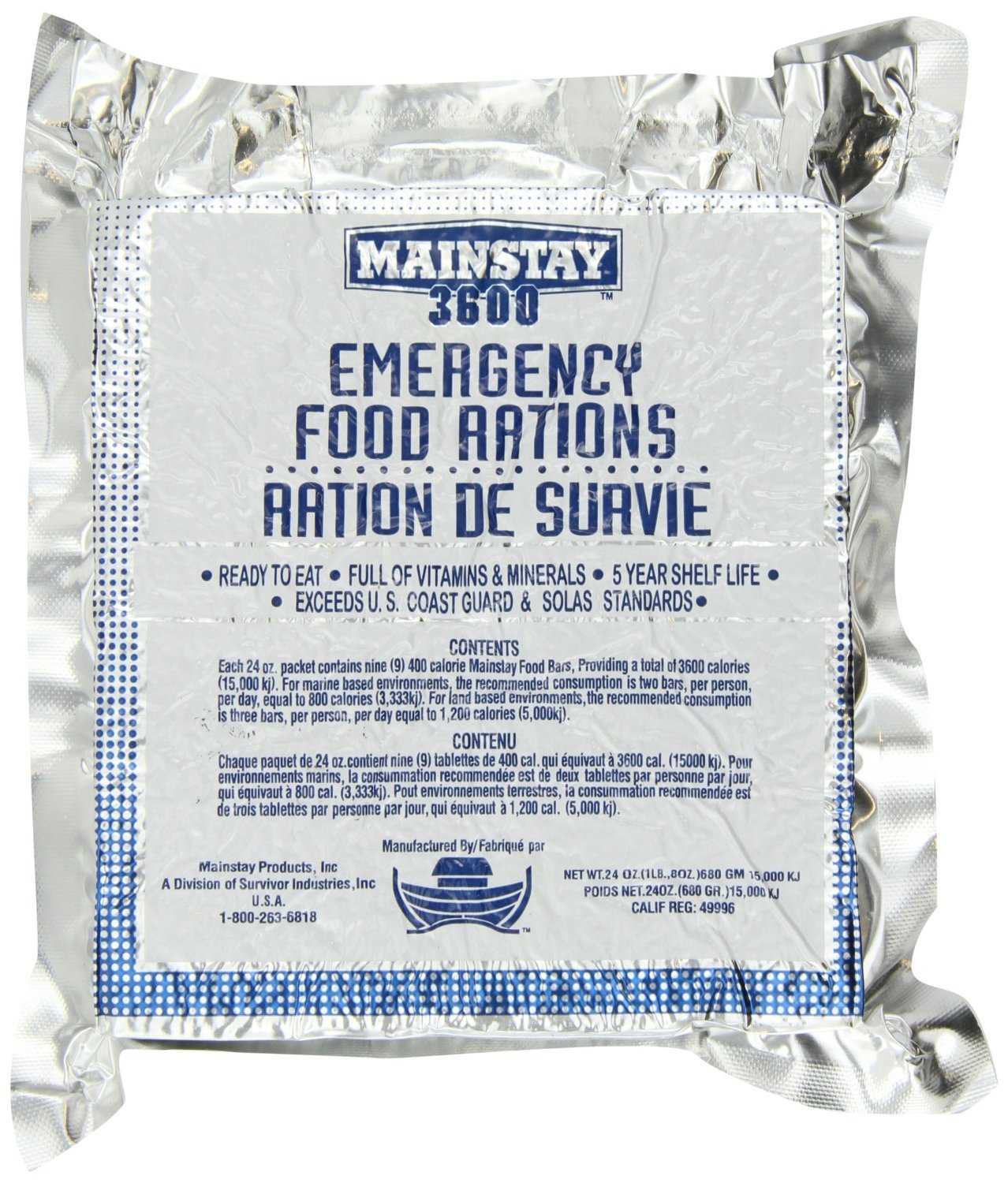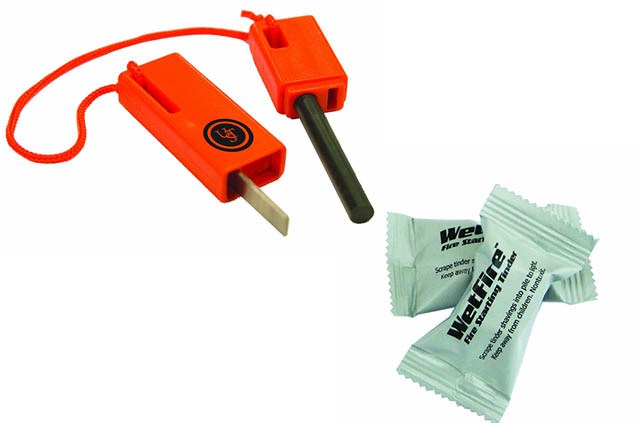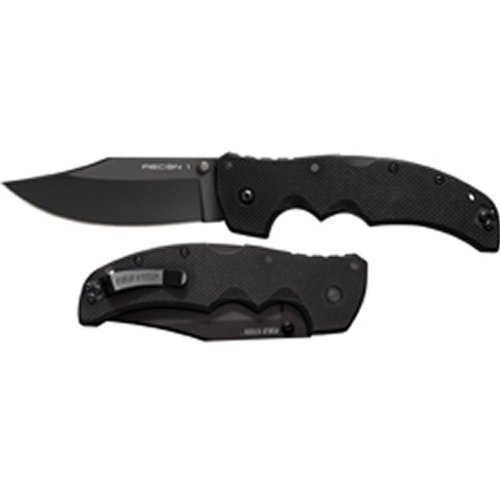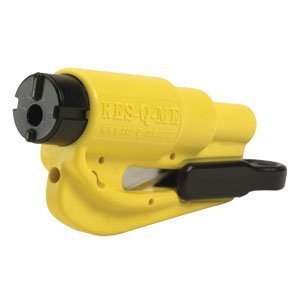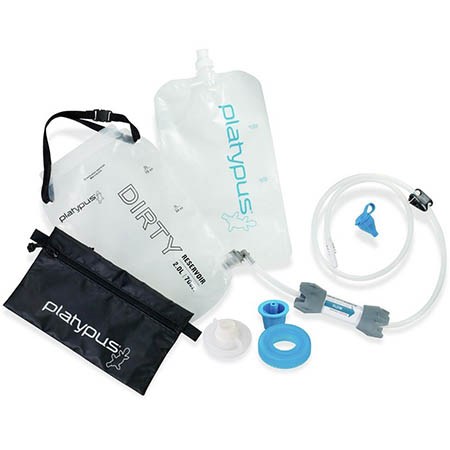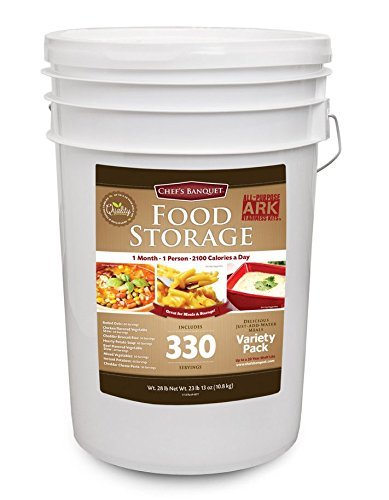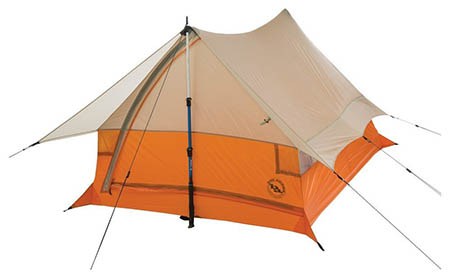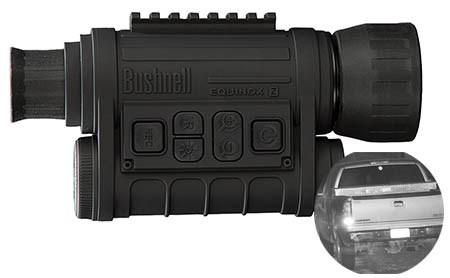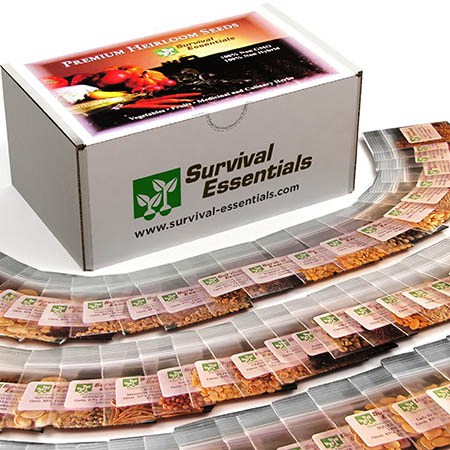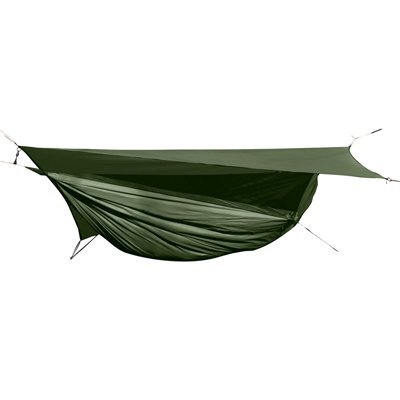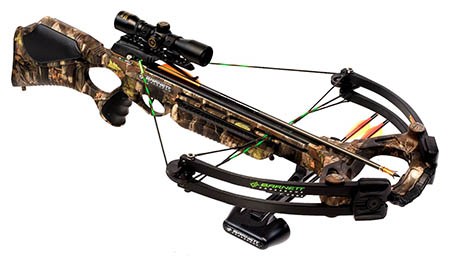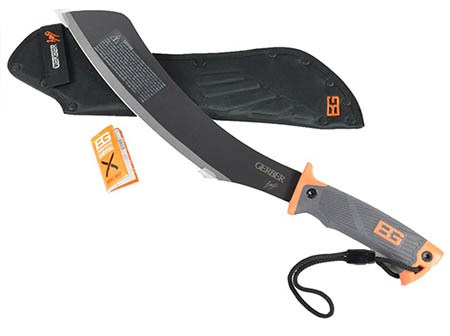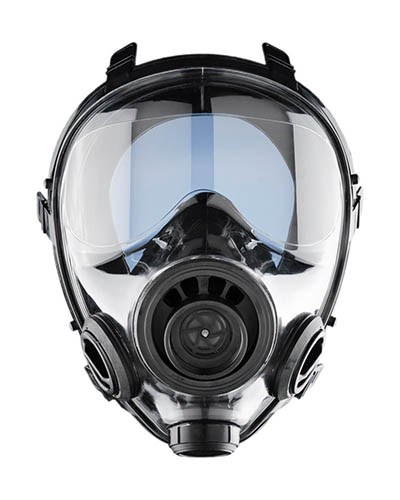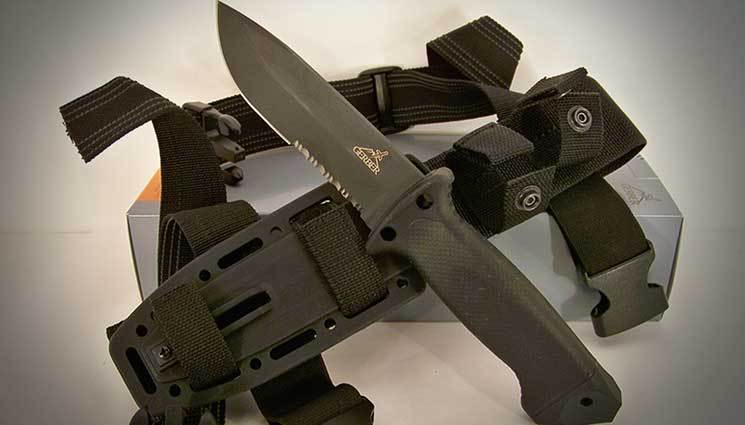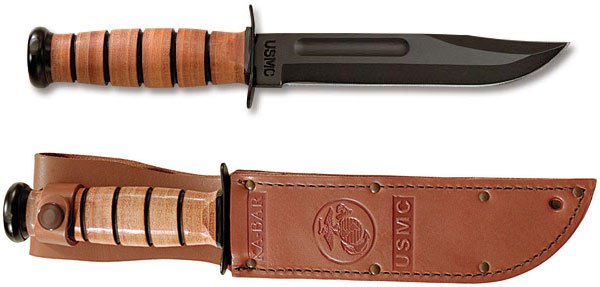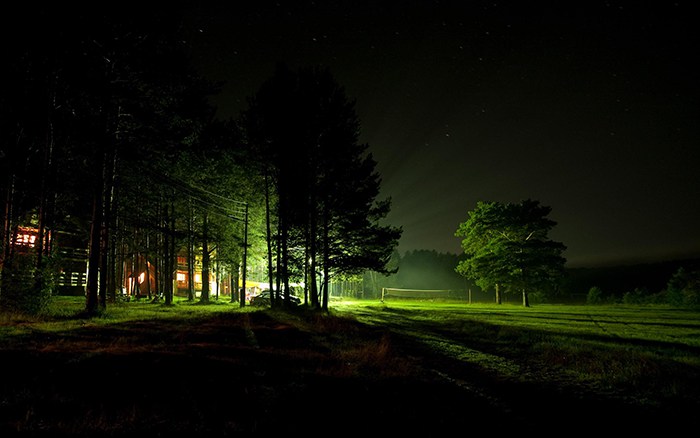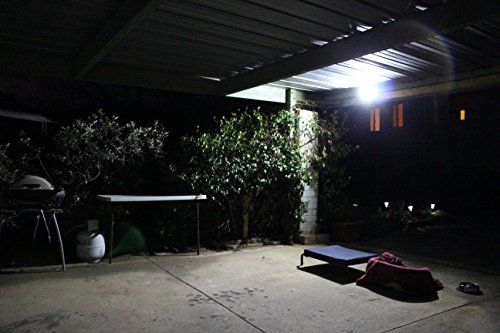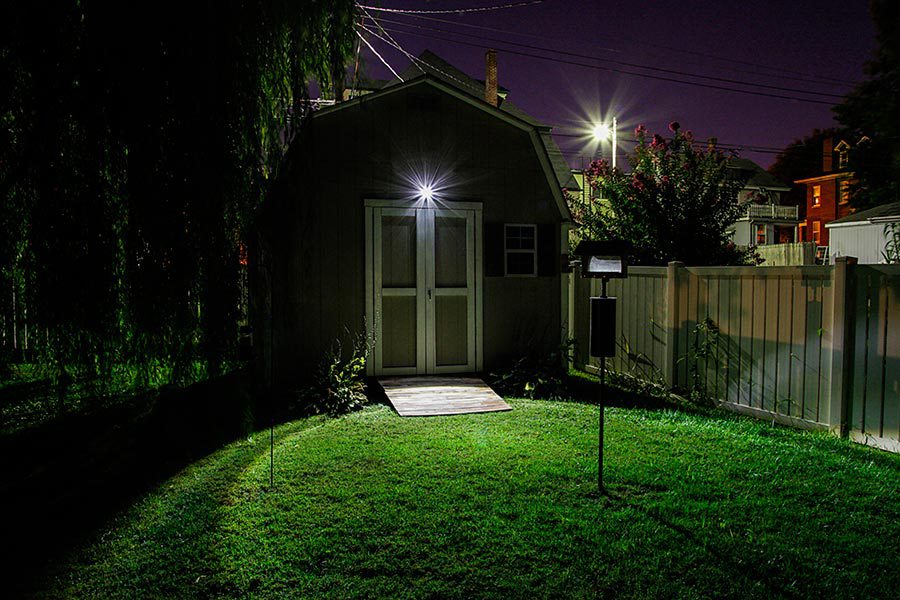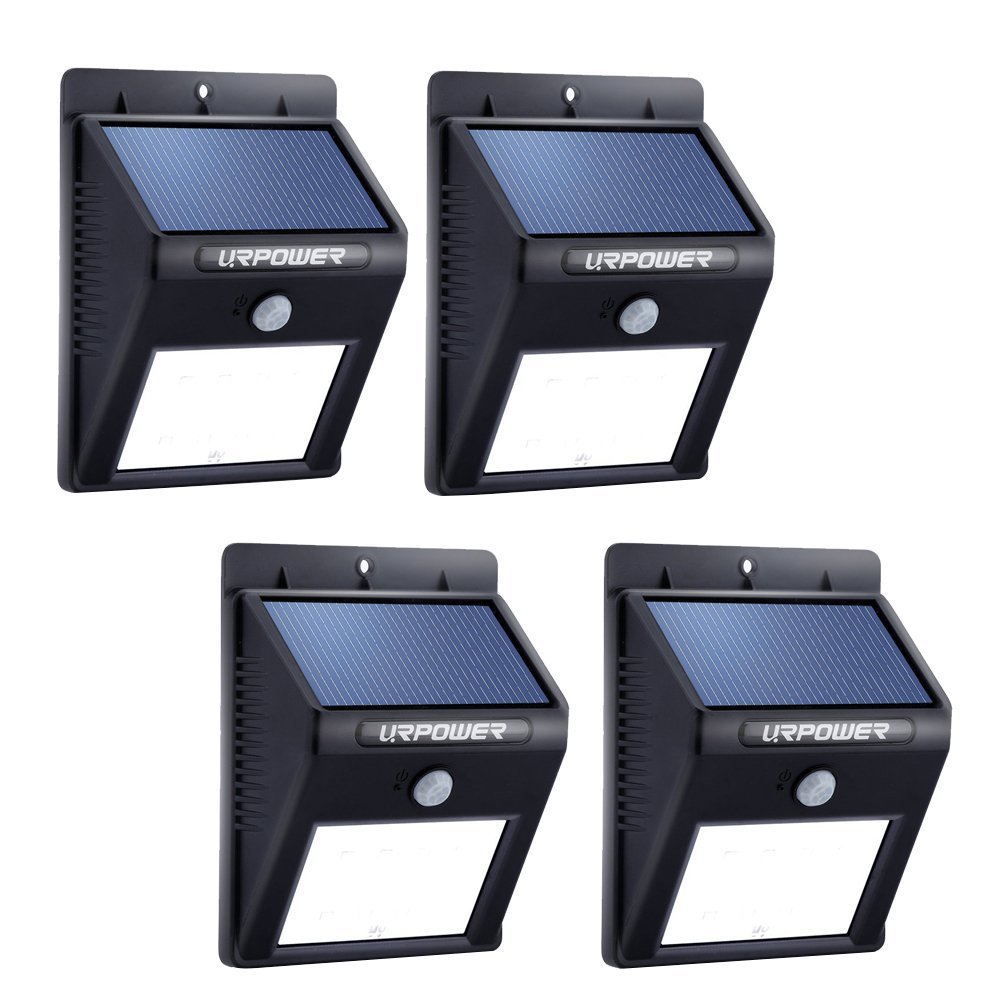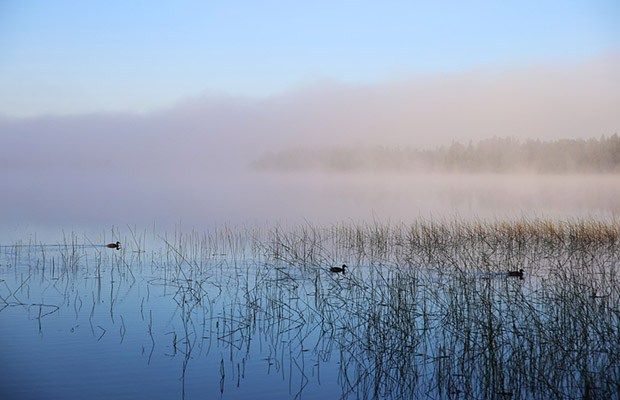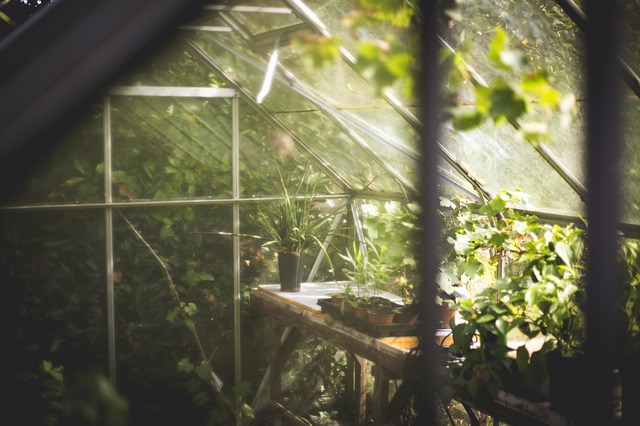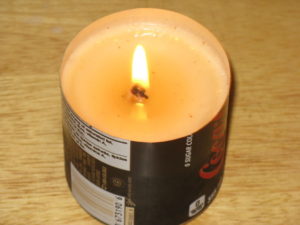Neighborhood Defense: May the Odds Be Ever In Your Favor
In this post I want to go into what I think are three tactics you could use to even or improve your odds at defending your neighborhood. These should be relatively simple actions you can take that would give your team an advantage over anyone trying to do you harm and make the job of taking what is yours possibly too much trouble to try. Again, the assumption for this series is that there has been a national disaster that has rendered our nation in a crisis where there is no local rule of law.
Within that context, you would be responsible for maintaining the safety of your home at a minimum, but it would be smarter to join together with neighbors to provide security for a larger area, pool resources and provide a harder target to take advantage of by people who might try to do you harm. I don’t think many people will argue that it is wiser to be a lone wolf than it is to form a larger group for safety and security. Some of you may have already planned this out with a larger group. You may have plans to bug out to your remote retreat, but if you find yourself at home without the benefit of a squad of ex-Navy Seal buddies, what can you do?
Keep everyone on the same page – Effective Communications
Simple radio communication is a huge force multiplier in a grid down scenario. Assuming electronics work, just having a few radios on hand will enable you and the rest of the team to stay in constant contact and be aware of anything that is happening around the area you are trying to secure. Most of you probably have radios that you use for camping or hiking or if you have children, even for play. I purchased a few Motorola FMS radios to be used just for cases like this when I need to stay in contact with my home and I am not traveling too far away. Another use was hunting so I could stay in contact with my hunting buddy out in the woods where cell coverage was non-existent. Midland seems to be the other big player in radios like this and they have a lot of models that are geared towards hunters.
We have used these radios for all sorts of activities and they work great. One thing to note is that almost all the radios I have seen will say something along the lines of that they have a 20 or 50 mile range and there is no way you will ever get that much distance from one of these radios. You will be very lucky to get 2 or 3 miles assuming you don’t have a lot of terrain interference. For more range you would want to move to Ham radio, but that is out of the scope of this article. For the purposes I am talking about here, neighborhood security; these FRS radios are a perfect option in most cases. A nice addition is to add an earpiece and microphone attachment like the Surveillance Headset with PTT (Push to talk) microphone. This will allow you to hear the radio communications in private which would be another huge benefit for roving patrols, guard posts or simply maintaining some form of stealth.
Newer models have upwards of 50 channels so you can take simple steps to talk relatively securely. These radios are on a public band so if you are on the same channel as someone within range, they will be able to hear you, just like any radio. It is possible to scan for communications on all channels, but this is probably not something you have to be too concerned with. Keeping radio discipline, changing your frequencies often and having different channels will make it harder for people to hear what you are saying. This isn’t foolproof I know so before you send me emails about how easy it is to hear someone talking, I know… It is just that you can still communicate effectively within the scenario I described above and it will give you an advantage over people without radios. Keep conversations to the minimum, use code words. If you have an enemy group scanning radios and taking that many deliberate steps to monitor and spy on you then you are in for a big fight anyway and military tactics will likely be your only saving grace.
Make them work for it – Restrict access
I said yesterday that we don’t live in walled compounds. Each neighborhood in America has its own challenges with preventing access but there are steps you can take to slow people down or halt vehicle traffic entirely. You may not be able to stop them from walking through the woods, but you can prevent them from driving up with a U-Haul or speeding their way in past any security you have planned.
I walk through my neighborhood frequently and each time I go on my Neighborhood Recon I am among other things looking for the best places to set up roadblocks. In order to take advantage of the terrain you would want to set roadblocks up to stop vehicles that would prevent them from going around or over the obstacle. Where I live, we have lots of large trees that could easily cover the entire road and then some. The only thing we would have to do is chop down the tree. That limits us when it comes to getting out though and would be more of a worst case scenario precaution I think.
A different strategy in areas with trees like this would be to use 2 or more, preferably 3 trees to create a mini-maze that any approaching car would need to slow down to a crawl to make it through. You would arrange the trees so that each only takes up half of the road but the vehicle would have to weave in and around the obstacles to get through. This would allow you to still exit using a vehicle (assuming they still were running) as well as let people back in if they left in a vehicle. At the same time, it would slow someone down who was trying to get in sufficiently that they could be engaged with small arms fire if the threat was intent on getting in and your Rules of Engagement stated that deadly force was required in this instance. You could pretty easily block several roads in short order with this strategy. You could do a similar thing within the city and you would have the benefit of buildings to block anyone from going around the outside. You can also use cars that are probably simpler to move into and out of place but they can also be pushed out of the way by a big enough vehicle. Trees aren’t so easy, even for an MRAP.
What about people walking in through the woods? This is when roving patrols and multiple observation posts will be a good idea, but not always possible. It really comes down to how many people can watch these locations. If you don’t have enough, you will have to contract your perimeter to something you can manage with the available personnel. Another option would be simple trip flares. These would work at night to alert you that someone has entered your perimeter. These are great ideas, but they have their drawbacks too like only warning you if you can see them. You can purchase chemlight versions which are relatively quiet and trip warning devices that are audible using compressed air.
Cover all the angles – Defensive Positions
Once you have the roads blocked, you still have to manage any traffic coming to your roadblocks. Ideally, this would be an area where people posted on guard could maintain control of traffic while still keeping them safe potentially from incoming rounds at the same time. In a grid-down scenario like this the best thing to stop bullets is mass, but not many of us will have the ability to build or construct concrete pill boxes. I think for the prepper who wants to have a plan, but doesn’t necessarily need to build a bunker a simple foxhole makes a great idea. The design is straight forward and only requires a shovel. As an added bonus, you could add sandbags to the top and sides, but a well-built foxhole should protect you from any rounds that you could expect. What about those big trees you dropped on the road? Sure, those could work too, but only give protection from the front and could even be used as cover by the other side.
How many positions do you need? Again, it comes down to what you can supply with resources, but I think a minimum of one position at each entry way. This can be manned by one, ideally two people with a radio. If you have remote patrols outside of your perimeter or a spotter high up, they could alert the team that someone is approaching. I have considered the roofs of houses or hunting climbing stands as options to get a birds eye view of the approaching area.
If the scenario really descended into anarchy, you could also construct pits to trap men who made it through the outer perimeter. These would be lined with sharp sticks or bamboo and probably wouldn’t kill anyone but it would give them an injury that could incapacitate them.
If all else fails…
Have a plan B. You could be overrun by superior numbers or they could get the upper hand in some way. Have a fallback location and a rally point somewhere away from your location. This is another great use of the radios because everyone in your group can know what is going on with contact and the plan if you all have to bug out quickly to the woods.
In this post I want to go into what I think are three tactics you could use to even or improve your odds at defending your neighborhood. These should be

